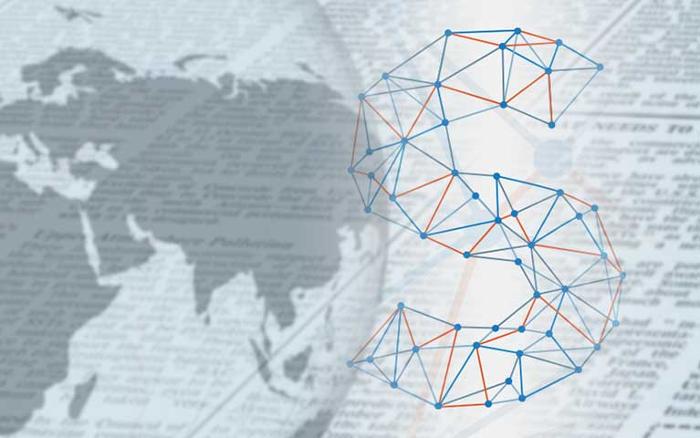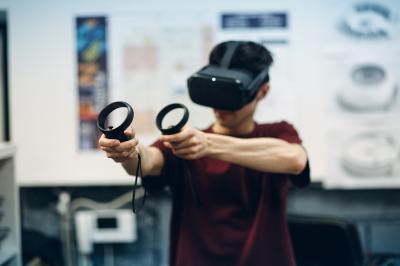

New techniques that help to save lives
Virtual reality, gamification and injecting emotion have become the most important training tools for occupational risk prevention. This is because they allow us to simulate real situations where workers can experience first-hand the consequences of suffering a workplace accident when the correct preventive measures are not taken.
Virtual reality, gamification and the injection of emotions in training can help to normalise safe and preventive behaviour and, consequently, prevent workplace accidents, according to Dr Montserrat Iglesias-Lucía, Director of the School for Integral Prevention and Safety at the Universidad Autónoma de Barcelona (UAB).
Dr Iglesias-Lucía explained that “virtual reality enables us to develop and interact within an environment that appears very similar to our actual professional workplace. This allows us to teach about the risks that we’re exposed to in an empirical and safe manner, generating a sense of immersion and being present within this simulated and controlled environment”.
Feeling the risk
The Association of Workplace Accident Insurance Companies (AMAT, Asociación de mutuas de accidentes de trabajo) affirms that “for several years now, insurance companies that collaborate with the Social Security Administration were aware of the potential that virtual reality has in preventing workplace accidents. Since then, this technology has been used to train both employees and prevention technicians at partnered companies”.
According to AMAT, “when training or raising awareness about occupational risks, it’s not the same to have someone talk to you about something compared to when you can actually feel it”. Keeping this in mind, “compared to more traditional methods, using virtual reality as a tool to raise awareness about occupational risk prevention enables us to create a significant emotional impact to raise awareness for the user. This is the result of simulating real situations where the user has the freedom to choose their actions and can get first-hand experience of the consequences of suffering a workplace accident if the correct preventive measures aren’t taken”.
Using virtual reality to recreate situations allows the person to have an immersive experience and perceive the risk — and even the fear — when the system takes the user through the context of an accident that is about to occur. Thus, “the user learns to make decisions based on an emotional experience that no other training technique can provide”.
Phobias and rehabilitation
Virtual reality is more than a prevention tool: it can also “re-educate workers who have experienced a workplace accident that caused some type of phobia or block, aiding them in their rehabilitation”, explains AMAT. Moreover, they say that insurance companies that collaborate with the Social Security Administration are using virtual reality for patient rehabilitation, employing systems that allow them to use an avatar to complete exercises that help to improve the functionality of injured limbs.
These virtual reality systems enable “insurance companies’ rehabilitation staff to personalise a series of exercises designed to optimise the evolution of injured patients. They are also able to better understand a patient’s evolution with greater certainty, which helps them to adjust their treatment”.





